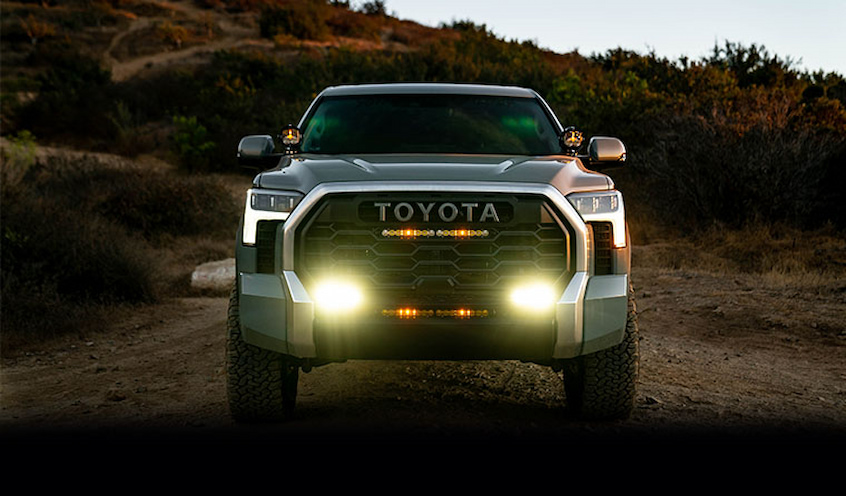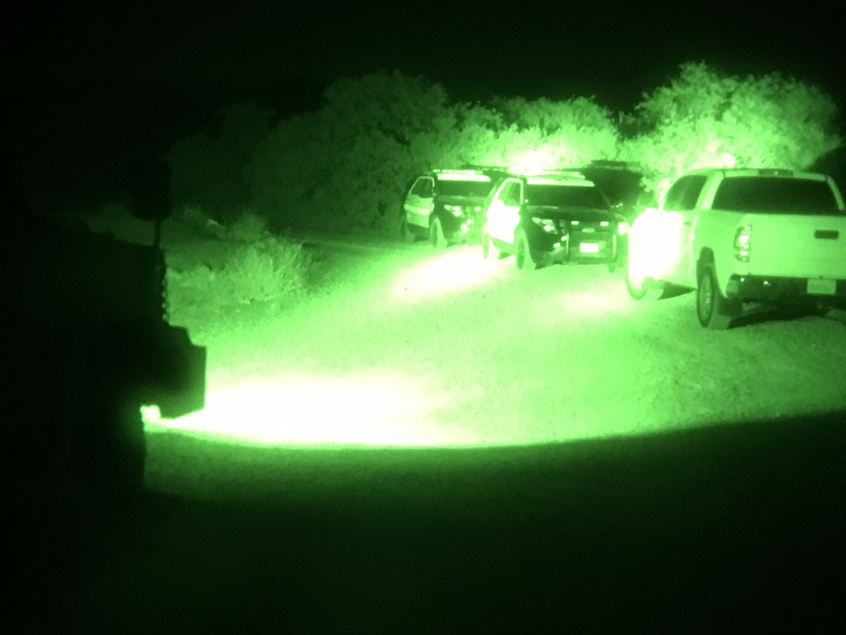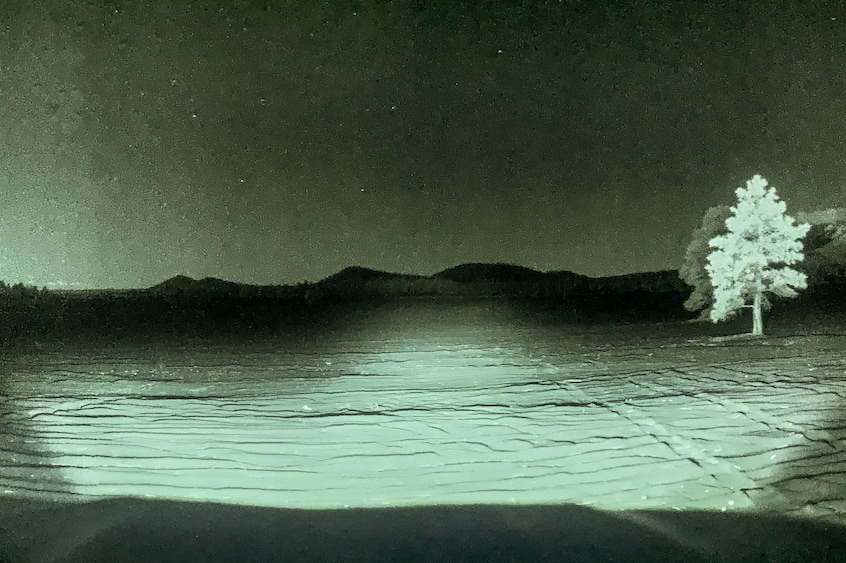
A Guide to Infrared Vehicle Lights
Infrared radiation (IR), or infrared light is a type of radiant energy invisible to the human eye. Within the electromagnetic spectrum, infrared waves occur at wavelengths just below that of red visible light, hence the name infrared. The light, though invisible, can be detected as heat and this lends to hundreds of uses in as many fields. IR is what changes channels from the remote, and detects heat sources recorded with night vision cameras and goggles. It is also used in surveillance operations, missile guidance systems, behavioural research of nocturnal animals, meteorology and climate studies, and more.
As vehicles go, infrared vehicle lights are the ideal option when you need to see but not be seen. These lights use the same tech that brought us night vision goggles, initially developed for the military. In fact, the two items are used in tandem. IR lights let users keep a low profile, without sacrificing visibility. This is the ideal addition to your vehicle in a range of scenarios, from hunting to security.
Lights can be optioned in different beam types, from flood to spot, to cover wider angles or illuminate further into the distance. What’s more, they’re accessible for all vehicles, easily combined with other driving lights, and are offered a robust build that can handle the harshest off-roading conditions.
Contents
Uses of Infrared Lights

Whether it’s travelling on covert missions in a convoy or alone, conducting hunting expeditions, or doing surveillance, infrared lights keep you hidden from the enemy, unsuspecting prey, or unwanted guests. They’re staples on military and vehicles used in security operations. Besides this, infrared car lights aren’t affected by inclement weather, and for typical Aussie Outback conditions, this means the best possible visibility in dust storms, high haze, overcast night skies, or heavy downpours, making IR lights an all-round lighting option when conditions turn sour.
How They Work

Infrared light works by emitting near-infrared light, in wavelengths nearer to visible light – 700 to 1300 nanometres, or 700 billionths to 1300 billionths of a metre. This is perceivable by night vision equipment that uses image enhancement to collect minuscule amounts of light, subsequently amplifying that light and projecting it onto a phosphor-coated screen to produce the green image we normally associate with night vision. While the beams in lights can reach up to 700 metres, you won’t be seeing anything in pitch blackness without the appropriate goggles, binoculars, monoculars or scopes.
Types of IR Lights for Vehicles
Like standard driving lights, infrared automotive lights can come in different beam patterns and differently sized and shaped housings. Most will be mounted in the usual positions along the vehicle (along bumpers or bull bars) and used on their own or in combination. Drivers generally use a pair of higher-power spotlights set lower, complemented with flood beams positioned at an angle to cast light at both sides of the vehicle. Rear lights are often blackened out or covered with IR filters. There are also handheld units used when venturing out of the vehicle, powered by built-in batteries.
To allow for ease of use, all infrared driving lights will have separate switches independent of the stock head and auxiliary lights. As well as sealed and waterproofed harnesses and connectors (‘Deutsch connectors’) designed for simple wiring and durability.
Features to Look for
The majority of IR lights use LEDs as the light source. The typical output for larger spotlights is in the vicinity of 60W and draws roughly 13.2V from the battery. Modest numbers that promise efficiency.
To get your money’s worth, consider the following points:
- Wavelengths – To ensure that no light is visible to the naked eye, and thus reveal your location, true IR lights have wavelengths averaging 800-900nm. As a comparison, the visible red in brake lights travels at a wavelength of around 700nm.
- Spot, Driving, or Flood Beams – Spot beams are concentrated to project light at further distances. Driving beams do a similar job, but the spread of light is wider and enabled by housings that are typically bigger. They resemble the high beams in headlights. Flood beams cover wider angles, to illuminate the sides of the vehicle and at a closer range. Choose IR in the beam types best suited for the application, driving speed, and setting. Also, consider how they are placed along the vehicle.
- Build and Materials – Lights used off-road will need to stand up to a lot of abuse. Look for durable, one-piece cast aluminium housings that will last in rain, dust storms, and high heat. In addition, metal housings are undeterred in temperature extremes often common in the bush. Covers are polycarbonate offerings that won’t crack on impact. Harnesses are sealed and waterproof. The whole package should have the highest IP ratings, meaning lights won’t let water and liquids in and will stay intact even in minor mishaps, like hitting rocks or stumps.
- High-Quality LED Chips – LED chips will outlast bulbs, but not all are created equal. Go for respected LED chip makers to guarantee that your lights will last the claimed 50,000-hour working time.
- Mounting Options and Overall Size and Weight –IR lights are provided with the appropriate mounting kit, wiring, and instructions. The use of LEDs means smaller and more manageable sizes with corresponding weight. Even larger driving IR lights weigh less than a kilo with the included mounts, so offer more flexibility in placement.
IR lights are unique pieces of kit not sold in every store stocking auto parts. Get them at automotive lighting retailers with the proper night vision gear or at 4×4 specialists.

